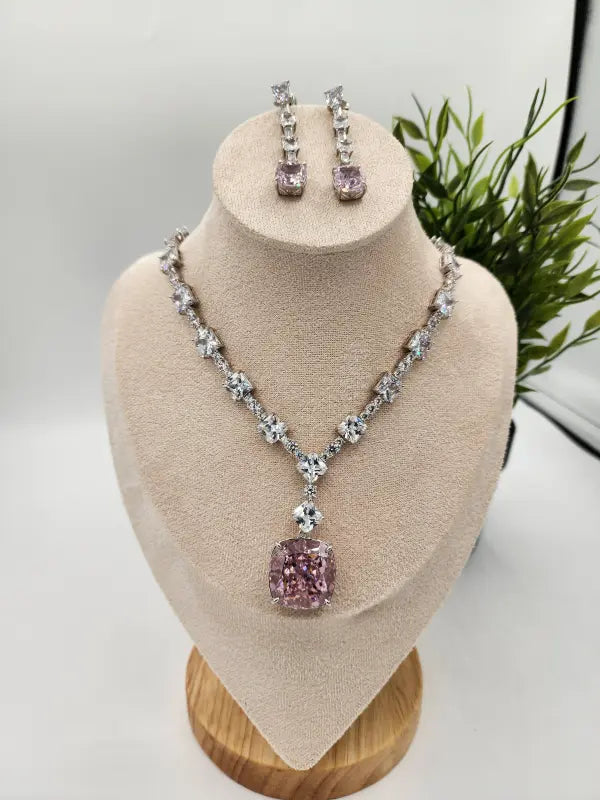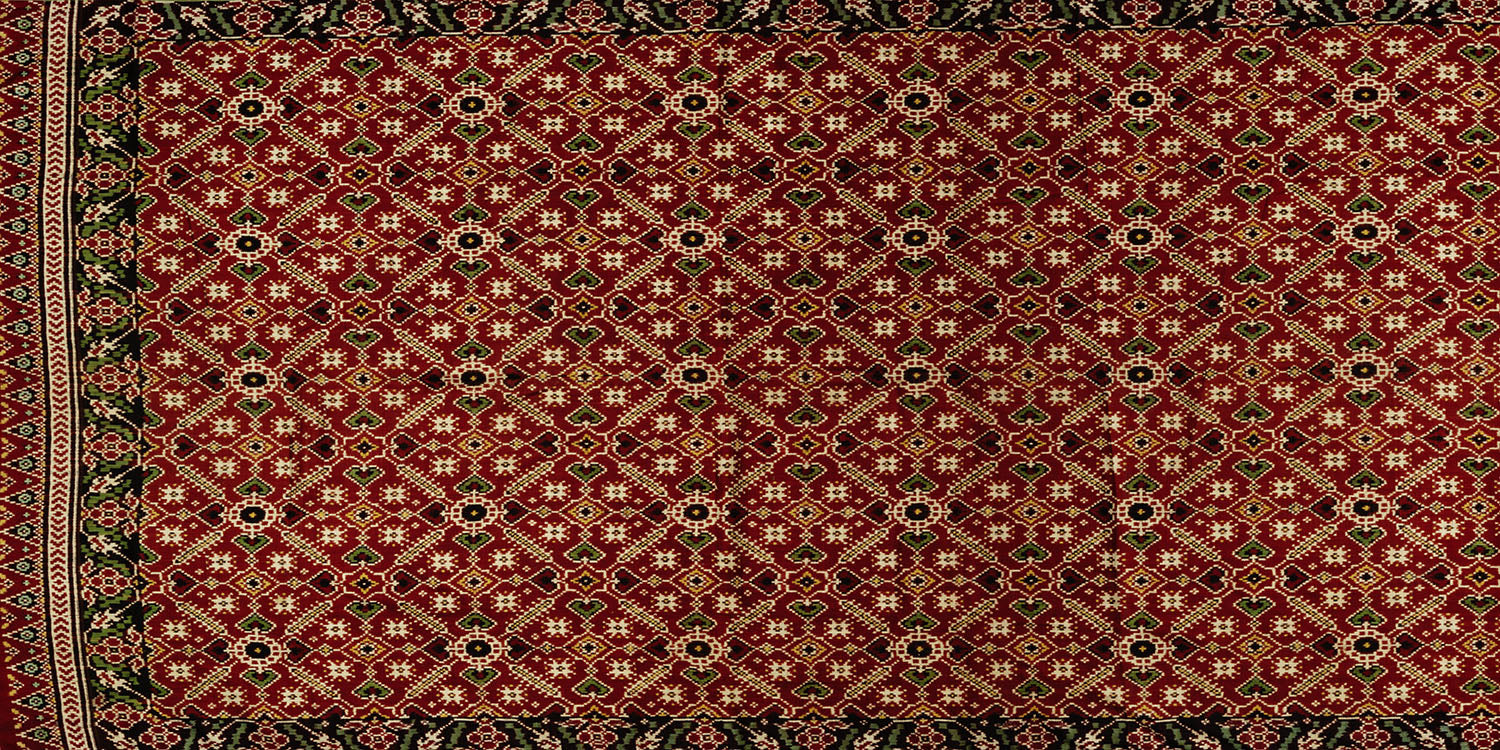Papier-mâché, a versatile and time-honored craft, has captivated artists and hobbyists for centuries. From the simple creation of children's masks to the elaborate production of carnival floats and traditional artifacts, this composite material has found its place in various cultures and industries worldwide. The term "papier-mâché" comes from the French language, meaning "chewed paper," a fitting description for this craft that involves molding and shaping paper into a myriad of forms.
The Basics of Papier-Mâché

Papier-mâché is made by combining paper pieces or pulp with a binding adhesive. The paper can be anything from old newspapers to tissue paper, and the adhesive is typically a mixture of water and flour or other starches, though modern adhesives like polyvinyl acetate (PVA) glue are also commonly used. This combination results in a malleable material that can be molded into various shapes, making it ideal for both functional and decorative items.
The versatility of papier-mâché comes from its ability to be shaped, dried, and hardened, after which it can be sanded, painted, and even waterproofed. This makes it a popular choice for creating everything from simple craft projects to intricate sculptures.
Methods of Preparation
There are two primary methods for preparing papier-mâché: the strips method and the pulp method.
- Strips Method: This is the most commonly used technique, especially in schools and craft projects. In this method, strips of paper are soaked in an adhesive paste until saturated. These strips are then layered onto a mold or armature, such as a balloon, wireframe, or another object, to create the desired shape. Each layer is allowed to dry before adding the next. The number of layers used depends on the thickness and strength required for the final product. Once the layers are completely dry, the papier-mâché can be painted, decorated, and waterproofed.
- Pulp Method: In this technique, paper is first soaked in water, often overnight, until it becomes soft. It can also be boiled to speed up the process. The softened paper is then mashed into a pulp, and adhesive is added to create a thick paste. This pulp can be molded directly into shapes or pressed into molds. The pulp method is ideal for creating detailed sculptures, as it allows for greater flexibility and precision in shaping.
Traditional Adhesives and Modern Alternatives

The traditional adhesive for papier-mâché is a simple paste made from flour and water, mixed to the consistency of heavy cream. This paste is easy to make, non-toxic, and effective for most projects. However, it is prone to mold if not properly dried or if stored in humid conditions. To prevent this, additives like oil of cloves or salt can be mixed into the paste. Another alternative is methyl cellulose, a naturally mold-resistant adhesive that is popular for its non-toxic properties, although it is not waterproof.
For more durable projects, especially those exposed to moisture, PVA glue or wood glue can be used. These modern adhesives provide a stronger bond and are less likely to develop mold.
Historical Significance

The history of papier-mâché dates back to ancient times, with the earliest known use in Imperial China around 200 CE. The Chinese discovered how to make paper and soon after began using papier-mâché to create various items, including warrior helmets, mirror cases, and ceremonial masks. The craft spread across cultures, each adopting and adapting the technique for their purposes.
In ancient Egypt, papier-mâché was used to create coffins and death masks. These items were made by layering papyrus or linen and covering it with plaster, creating a durable yet lightweight structure that could be intricately decorated.
In Persia, Japan, and India, papier-mâché was used for everything from decorative boxes and trays to armor and shields. The craft became particularly refined in Kashmir, where it was introduced by Mir Sayyid Ali Hamadani, a Sufi mystic, in the 14th century. Kashmiri artisans developed unique techniques to create intricate and highly valued decorative items, a tradition that continues today.
In Europe, papier-mâché became popular in the 16th century, especially in Germany and England. It was used to create everything from doll heads to architectural elements. The material's versatility and low cost made it a popular alternative to more expensive materials like wood and plaster.
Conclusion
Papier-mâché is more than just a craft; it is a cultural and artistic tradition that has been passed down through generations. Its adaptability, ease of use, and low cost make it accessible to people of all ages and skill levels. Whether used for simple craft projects, elaborate carnival floats, or traditional cultural artifacts, papier-mâché continues to inspire creativity and innovation. As modern artists and crafters continue to explore and expand the possibilities of this ancient art form, papier-mâché remains a timeless and cherished medium.
FAQs
What is papier-mâché?
Papier-mâché is a craft technique that uses paper pieces or pulp bound together with an adhesive like glue, starch, or wallpaper paste to create sculptures and other decorative items.
What materials do I need to make papier-mâché?
To make papier-mâché, you typically need paper (like newspaper), an adhesive (such as flour and water paste or PVA glue), and a form or mold to shape your creation. Additional materials like wire mesh or balloons can be used for support.
What are the two methods of making papier-mâché?
The two main methods are the strip method, where paper strips are soaked in adhesive and layered onto a form, and the pulp method, where paper is broken down into a pulp, mixed with adhesive, and molded into shape.
How long does it take for papier-mâché to dry?
The drying time for papier-mâché can vary
depending on the thickness and size of the project, but it generally takes between 24 to 48 hours. Ensuring that the adhesive is fully dried is important to prevent mold.
Can I waterproof my papier-mâché project?
Yes, you can waterproof your papier-mâché project by applying a waterproof sealant or using water-resistant paint after the piece has fully dried. This helps protect it from moisture and extends its durability.





